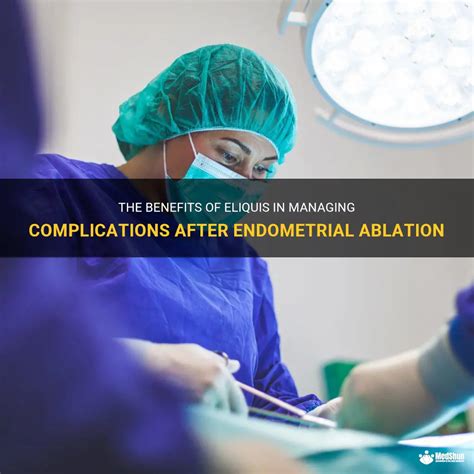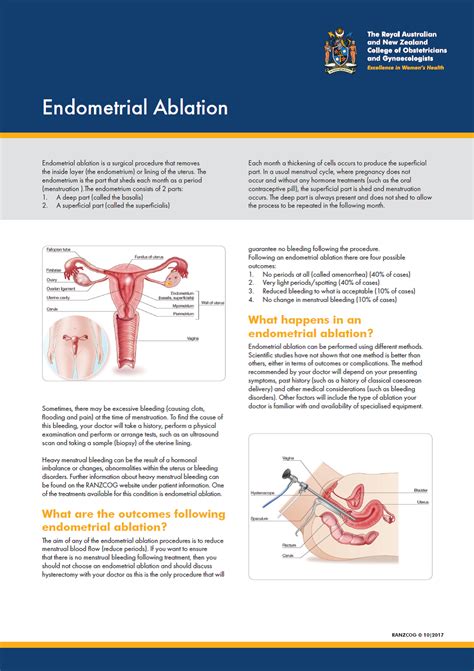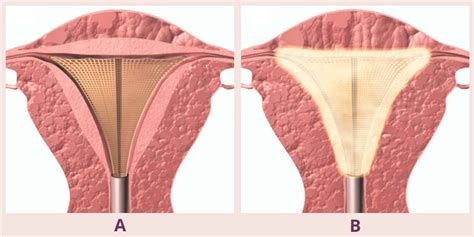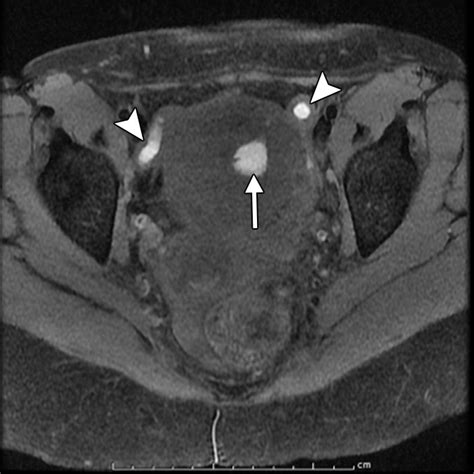Intro
Endometrial ablation is a medical procedure that has gained significant attention in recent years due to its effectiveness in treating abnormal uterine bleeding. This condition affects millions of women worldwide, causing significant discomfort, pain, and disruption to daily life. As a result, it is essential to understand the importance of endometrial ablation and its role in managing abnormal uterine bleeding. In this article, we will delve into the world of endometrial ablation, exploring its benefits, working mechanisms, and key information related to the topic.
The prevalence of abnormal uterine bleeding has led to a surge in demand for effective treatment options. Endometrial ablation has emerged as a popular choice among women seeking to alleviate the symptoms associated with this condition. By destroying the lining of the uterus, endometrial ablation offers a minimally invasive solution for women who have tried other treatments without success. With its high success rate and relatively low risk of complications, it is no wonder that endometrial ablation has become a sought-after procedure.
As we explore the topic of endometrial ablation, it is crucial to understand the underlying causes of abnormal uterine bleeding. This condition can be caused by a variety of factors, including hormonal imbalances, uterine fibroids, and adenomyosis. By identifying the underlying cause of abnormal uterine bleeding, healthcare providers can recommend the most suitable treatment option. In many cases, endometrial ablation is the preferred choice due to its ability to provide long-term relief from symptoms.
What is Endometrial Ablation?

Types of Endometrial Ablation
There are several types of endometrial ablation procedures, each with its unique characteristics and benefits. Some of the most common types of endometrial ablation include: * Radiofrequency ablation: This procedure uses heat to destroy the endometrium. * Microwave ablation: This procedure uses microwave energy to destroy the endometrium. * Hydrothermal ablation: This procedure uses hot water to destroy the endometrium. * Cryoablation: This procedure uses extreme cold to destroy the endometrium.Benefits of Endometrial Ablation

Risks and Complications
While endometrial ablation is generally a safe procedure, there are some risks and complications associated with it. These include: * Infection: As with any surgical procedure, there is a risk of infection with endometrial ablation. * Adverse reactions: Some women may experience adverse reactions to the medications or materials used during the procedure. * Uterine perforation: There is a small risk of uterine perforation during the procedure, which can lead to further complications.Who is a Candidate for Endometrial Ablation?

Preparation for Endometrial Ablation
To prepare for endometrial ablation, women should: * Stop taking any medications that may increase the risk of bleeding * Avoid eating or drinking for a certain period before the procedure * Arrange for someone to drive them home after the procedure * Plan for a few days of rest and recovery after the procedureWhat to Expect During Endometrial Ablation

Recovery After Endometrial Ablation
After endometrial ablation, women can expect to: * Experience some cramping or discomfort for a few days * Have some vaginal discharge or bleeding for a few weeks * Need to rest and avoid strenuous activities for a few days * Be able to return to normal activities within a few days to a weekLong-Term Results of Endometrial Ablation

Alternatives to Endometrial Ablation
For women who are not candidates for endometrial ablation or who prefer not to undergo the procedure, there are several alternatives available, including: * Hormonal therapies * Tranexamic acid * Non-steroidal anti-inflammatory drugs (NSAIDs) * Uterine artery embolization * HysterectomyWhat is the success rate of endometrial ablation?
+The success rate of endometrial ablation is generally high, with most women experiencing significant reduction or elimination of menstrual bleeding. However, the success rate can vary depending on the individual and the type of procedure used.
Is endometrial ablation a permanent solution?
+Endometrial ablation is generally considered a permanent solution, but it is not 100% effective. Some women may experience recurrence of abnormal uterine bleeding or regrowth of the endometrium, which may require further treatment or surgery.
Can I still get pregnant after endometrial ablation?
+It is generally recommended that women who undergo endometrial ablation do not get pregnant, as the risk of complications is high. However, it is not impossible to get pregnant after endometrial ablation, and women should use birth control to prevent pregnancy if they are not planning to conceive.
In conclusion, endometrial ablation is a highly effective treatment option for women suffering from abnormal uterine bleeding. With its high success rate, minimally invasive nature, and relatively low risk of complications, it is no wonder that endometrial ablation has become a popular choice among women seeking to alleviate the symptoms associated with this condition. If you are considering endometrial ablation, it is essential to consult with a healthcare provider to determine if you are a candidate for the procedure. We invite you to share your thoughts and experiences with endometrial ablation in the comments below, and to share this article with anyone who may benefit from this information.
